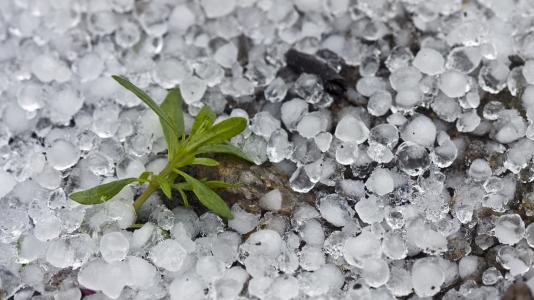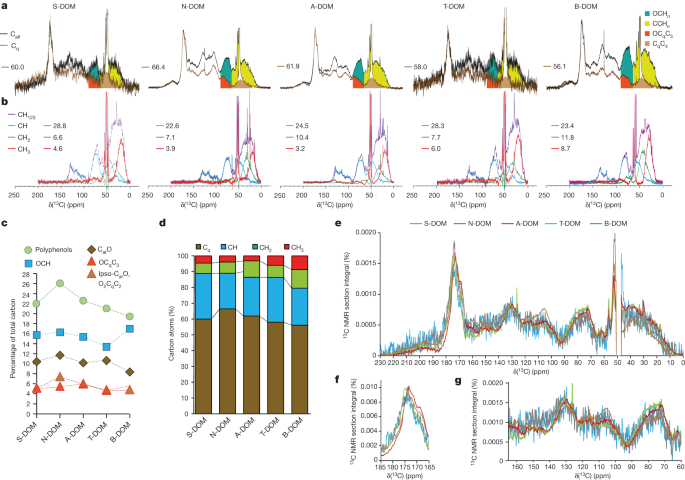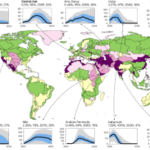2024-04-25 アルゴンヌ国立研究所(ANL)

A small plant surrounded by hail after a hailstorm. Fires in the western U.S. enhance large hailstones in the central U.S. (Image by Shutterstock.)
<関連情報>
- https://www.anl.gov/article/unraveling-the-song-of-ice-and-fire-across-the-american-landscape-with-machine-learning
- https://link.springer.com/article/10.1007/s00376-024-3198-7
米国西部の火災が米国中部の雹嵐に与える影響を機械学習で分析 Machine Learning Analysis of Impact of Western US Fires on Central US Hailstorms
Xinming Lin,Jiwen Fan,Yuwei Zhang &Z. Jason Hou
Advances in Atmospheric Sciences Published:11 April 2024
DOI:https://doi.org/10.1007/s00376-024-3198-7
Abstract
Fires, including wildfires, harm air quality and essential public services like transportation, communication, and utilities. These fires can also influence atmospheric conditions, including temperature and aerosols, potentially affecting severe convective storms. Here, we investigate the remote impacts of fires in the western United States (WUS) on the occurrence of large hail (size: ⩾ 2.54 cm) in the central US (CUS) over the 20-year period of 2001–20 using the machine learning (ML), Random Forest (RF), and Extreme Gradient Boosting (XGB) methods. The developed RF and XGB models demonstrate high accuracy (> 90%) and F1 scores of up to 0.78 in predicting large hail occurrences when WUS fires and CUS hailstorms coincide, particularly in four states (Wyoming, South Dakota, Nebraska, and Kansas). The key contributing variables identified from both ML models include the meteorological variables in the fire region (temperature and moisture), the westerly wind over the plume transport path, and the fire features (i.e., the maximum fire power and burned area). The results confirm a linkage between WUS fires and severe weather in the CUS, corroborating the findings of our previous modeling study conducted on case simulations with a detailed physics model.



